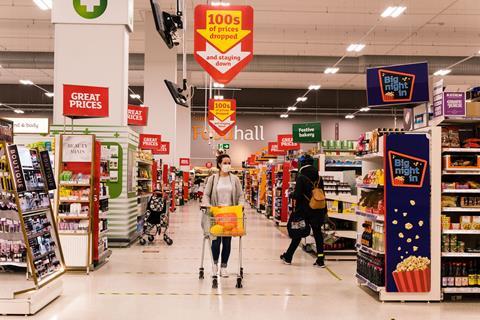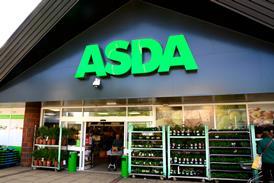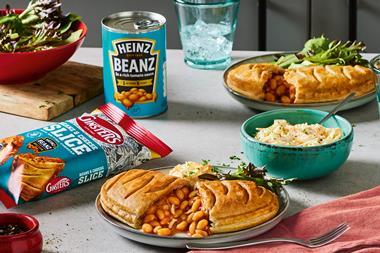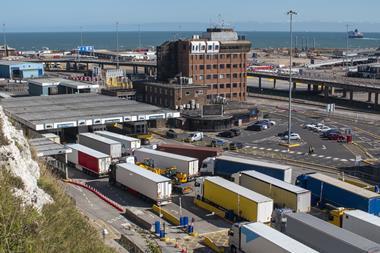
The e-commerce tidal wave once threatened to wash away bricks & mortar stores for good. But the waters have receded, revealing an unexpected phenomenon: consumers are rediscovering the joy of in-person shopping. Internet sales as a proportion of all retail sales have generally fallen since February 2021.
This revival, however, has created a stark divide. While some brands, like Mothercare, Body Shop and Wilko, are shuttering for good, others are thriving better than ever before.
The recipe for success? Savvy brands have recognised growing consumer hunger for memorable experiences. By transforming their stores into immersive destinations, these retailers are crafting a recipe for thriving in the new era of retail. From interactive product demos to artfully curated atmospheres, the in-store experience has become the new battleground for capturing the modern consumer’s imagination and loyalty.
Reimagining retail
E-commerce made convenience king, but it also highlighted a gap: the tactile, immersive experience that online shopping can’t replicate. Consumers, especially gen Z, increasingly seek experiences over acquiring products. This, paired with sustainability concerns and economic wobbles, is prompting retail brands to reconsider their bricks & mortar offer. Stores must go beyond sales and focus on building value-centric connections.
Physical stores are now platforms for storytelling, learning, entertainment, community, and brand immersion. Brands must lean into the experience economy and design personal, unique experiences that deliver value across multiple touchpoints.
Brands are reinventing themselves by reimagining stores as brand homes and visitor experiences, like Starbucks Reserve, Apple Store Events, and Tiffany’s Blue Box Cafe. They’re thinking carefully about how to connect with local audiences, honouring cultural nuances and remaining relevant in their storytelling.
Redefining success metrics
Traditional sales metrics like revenue per square foot are no longer the sole barometer of retail success. Brands must now measure how deeply consumers engage with their environments and how these interactions drive long-term loyalty. Metrics like experience per square foot, dwell time, and customer lifetime value may better indicate modern retail triumph.
Innovative brands are creating immersive retail experiences beyond traditional product displays. Dyson’s demo stores let customers test products like hair wraps in real-world scenarios. GymShark’s flagship hosts workout classes and events, fostering a “conditioning community”. Canada Goose’s “Cold Room” simulates sub-zero temperatures for apparel testing, expanding from Boston to four more locations.
These examples highlight how brands are redefining retail as immersive, educational, and community-driven, rather than purely transactional. By creating environments that foster deeper engagement, brands can cultivate long-lasting connections with their customers, driving loyalty and advocacy in ways that traditional sales metrics alone cannot capture.
Brands that cut through the noise successfully create quick, effective connections with consumers and remain memorable. They respond to the “what’s in it for me?” mindset by leaning heavily on the sense of community and ‘shared’ values they create with customers, like Nike’s Fifth Avenue flagship store and Rituals’ Amsterdam flagship.
Start small, think big
For retail brands looking to dip into more experiential retail, start small but think big. Pilot immersive experiences in select locations and measure their impact beyond immediate sales. Look at how these experiences influence brand perception and customer loyalty. Don’t be afraid to borrow concepts from culture, hospitality, or visitor attractions to create experience destinations, not just ‘shops’.
As online and offline boundaries blur, successful brands will be those that tap into the experience economy, to drive not just commercial value but also increase brand equity and build memorability in a highly competitive space.



















No comments yet